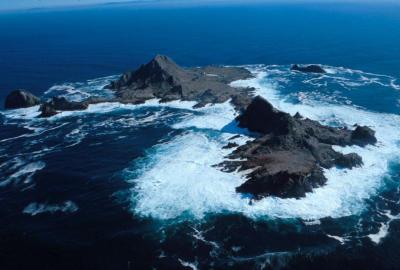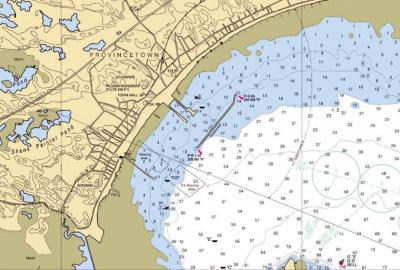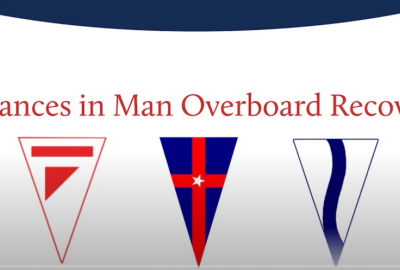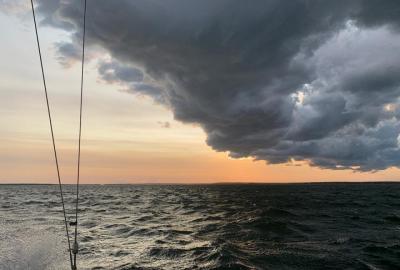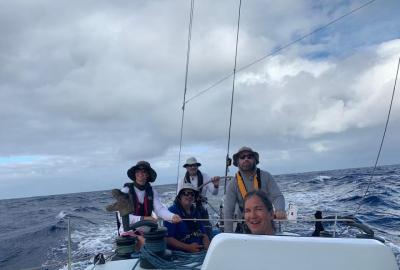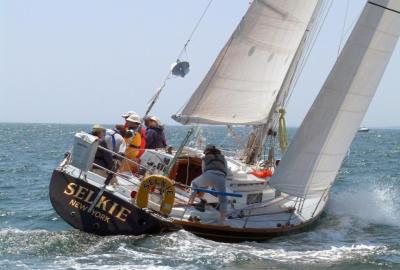
With tens of thousands of miles sailed (and working) in the cold-water latitudes, CCA Member Mark Roye has learned a
- 26 October 2021
Armed with a small amount of misinformation, we concoct a story to fit what we think we see and then twist additional evidence to comply.
- 5 May 2021
It's 2021. When someone goes overboard, you want the benefit of the latest experience and thinking.
- 29 April 2021
Advocates of the phrase, “leaders are born not made,” discount expertise and dwell on
- 24 April 2021
Executive Summary
William Strassberg, MD
- 1 March 2021
Good seamanship should include the ability to assess, address, and anticipate. The best offshore sailors use sight, smell, hearing, and feel to monitor what is going on below, on deck and in the wider environment for whatever may come next. Experience lets the crew member distinguish the significant concerns from normal variations. In a perfect world, every issue would be caught before it becomes a problem or emergency. Let’s snap back to reality—it’s not going to happen that way. Good sailors train themselves by running through “what-ifs” as an exercise on watch:
- 24 January 2018

